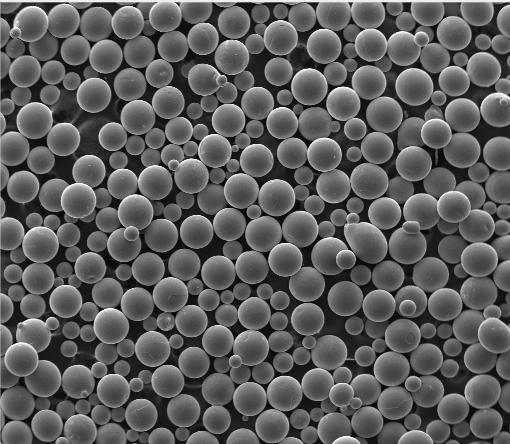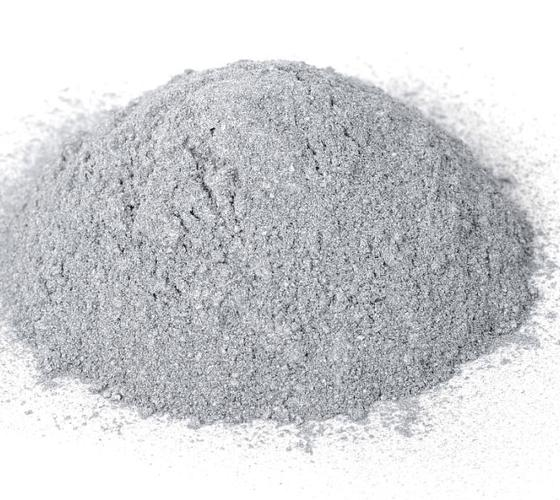1. Introduction
In the past 48 hours, aerospace and medical device manufacturers have reported heightened demand for high-purity spherical titanium powder due to a surge in 3D-printed implant orders and defense-related additive manufacturing contracts. This spike has reignited industry-wide discussions about supply chain resilience and the titanium powder price per kg, especially for grades like Ti6Al4V (also known as Ti64). As global reliance on lightweight, corrosion-resistant components grows, understanding titanium powder—from its raw forms to specialized alloys—has never been more critical.

2. What Is Titanium Powder?
Titanium powder, often referred to simply as ti powder, is a fine particulate form of titanium metal or its compounds. Unlike bulk titanium, which is dense and difficult to machine, titanium powder enables advanced manufacturing techniques like metal injection molding (MIM) and, most notably, additive manufacturing (3D printing). The term ‘titanium dust’ is sometimes used colloquially but typically refers to irregular, non-spherical particles generated during machining—not purpose-made powder for industrial use.
3. Production Methods

3.1 Gas Atomized Titanium Powder
Gas atomization is the gold standard for producing spherical titanium powder ideal for 3D printing. In this process, molten titanium is disintegrated using high-pressure inert gas (usually argon), forming perfectly round particles that flow smoothly in powder bed fusion systems. This method yields high-purity, low-oxygen content powder essential for aerospace and biomedical applications.

3.2 HDH Titanium Powder
Hydride-Dehydride (HDH) is a cost-effective alternative where titanium sponge is hydrogenated, crushed into powder, and then dehydrogenated. While HDH powder is angular and less suitable for 3D printing, it’s widely used in powder metallurgy and chemical applications due to its lower titanium powder cost.
4. Key Types and Variants
- Pure titanium powder: Used in corrosion-resistant coatings and chemical processing equipment.
- Ti6Al4v powder (Ti64 powder): The most common titanium alloy powder, prized for its strength-to-weight ratio and biocompatibility.
- Titanium nitride powder and titanium carbide powder: Extremely hard ceramics used in cutting tools and wear-resistant coatings.
- Titanium diboride powder (TiB2 powder) and titanium boride powder: High-melting-point conductive ceramics for armor and electrodes.
- Tio2 powder and tio2 nano powder: Not metallic; these are white pigments used in sunscreens, paints, and food—distinct from titanium metal powder.
- Titanium flash powder and burnt titanium powder coat: Pyrotechnic mixtures; not relevant to industrial or additive manufacturing contexts.
- Tih2 powder: Titanium hydride, often a precursor in powder production.
- Titanium coated diamond powder: Used in superabrasive grinding tools.
5. Titanium Powder for 3D Printing
Additive manufacturing has revolutionized the use of titanium powder. Spherical titanium powder—especially gas atomized Ti6Al4V—is the backbone of aerospace brackets, dental implants, and custom orthopedic devices. The demand for ‘titanium 3d printing powder’ continues to rise, pushing innovations in recycling and in-situ alloying. When evaluating ‘titanium powder for 3d printing price’, buyers should consider particle size distribution, oxygen content, and flowability—not just the base titanium metal powder price.
6. Pricing and Market Trends
The titanium powder price per kg varies widely based on purity, morphology, and alloy composition. As of mid-2024, pure titanium powder ranges from $80–$150/kg, while high-grade spherical Ti6Al4V powder can exceed $300/kg. Factors influencing ‘ti powder price’ include energy costs, argon availability, and geopolitical constraints on titanium sponge supply. International titanium powder markets are dominated by players in the U.S., Germany, Japan, and China, with prices fluctuating based on aerospace cycles and medical device approvals.
7. Where to Buy and Key Suppliers
Reputable titanium powder suppliers include companies like Carpenter Technology, Allegheny Technologies (ATI), and VSMPO-AVISMA. For smaller-scale users, online platforms offer ‘titanium powder for sale’ in lab quantities, though verification of certification (e.g., ASTM F1580 for Ti6Al4V) is essential. Always confirm whether the supplier provides gas atomized or HDH material, especially if intended for ‘titanium powder additive manufacturing’.
8. Related Metal Powders: Molybdenum and Tungsten
While titanium dominates lightweight applications, molybdenum powder (moly powder) and tungsten powder serve high-temperature niches. Molybdenum metal powder is used in furnace components and electronics, with variants like molybdenum disulfide powder (MoS2 powder) acting as dry lubricants. Similarly, tungsten powder—offered by firms like Global Tungsten & Powders Corporation—is valued for its density and heat resistance. Tungsten carbide powder, fused tungsten carbide, and spherical tungsten powder support cutting tools and radiation shielding. Though distinct from titanium, these materials often appear in the same supply chains, especially in powder metallurgy and thermal spray applications.
9. Safety and Handling
Fine titanium powder can be pyrophoric under certain conditions—especially when dry and exposed to sparks or high heat. Proper storage under inert atmosphere and adherence to OSHA guidelines for ‘titanium dust’ exposure are critical. Unlike tio2 powder (generally recognized as safe in cosmetics), metallic titanium powder requires industrial handling protocols.
10. Conclusion
From life-saving medical implants to next-gen jet engines, titanium powder is a cornerstone of modern advanced manufacturing. Whether you’re looking to buy titanium powder for research, scale up 3D printing operations, or compare titanium powder cost against alternatives like molybdenum or tungsten powders, understanding the nuances of grade, morphology, and supplier reliability is key. As additive manufacturing expands, so too will innovation in titanium alloy powder formulations—making this an exciting space to watch.
Our Website founded on October 17, 2012, is a high-tech enterprise committed to the research and development, production, processing, sales and technical services of ceramic relative materials such as Titanium. Our products includes but not limited to Boron Carbide Ceramic Products, Boron Nitride Ceramic Products, Silicon Carbide Ceramic Products, Silicon Nitride Ceramic Products, Zirconium Dioxide Ceramic Products, etc. If you are interested, please feel free to contact us.
